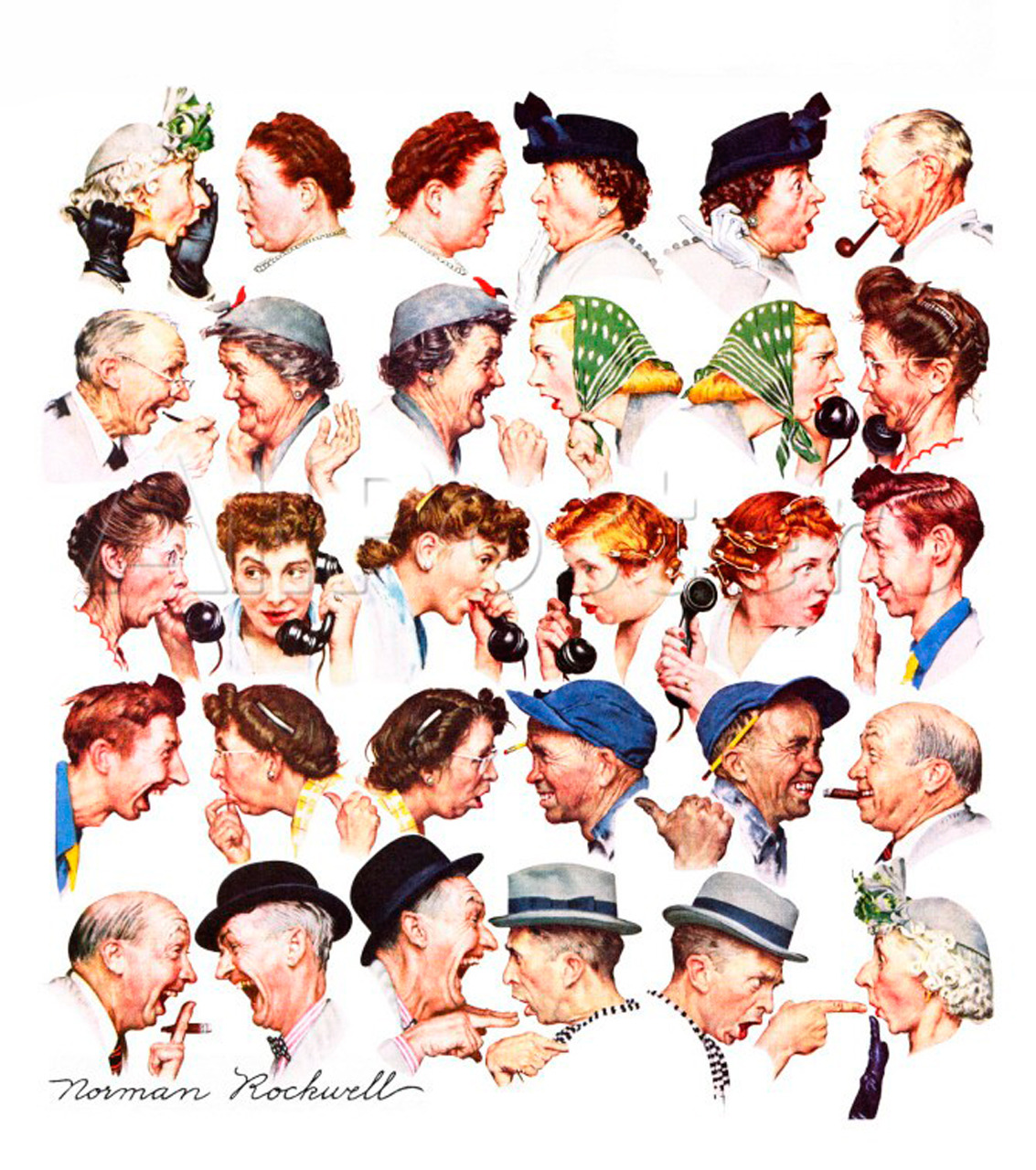A contagious pathogen that kills its host too quickly is a failure.
Consider two pathogens. One of them kills its host in two weeks. It is a disease that telegraphs its presence with visible markers. It incapacitates the host for much of those two weeks. Contrast that with a second pathogen that does not kill its host for years or even decades. This second pathogen is communicable during the entire time. Further, consider that the pathogen does not present any distinctive symptoms so it is impossible to identify potential sources of infection.
Syphilis
It is widely known that the European explorers and colonists brought many contagious diseases to the New World. Measles, smallpox, typhoid, scarlet fever, influenza and cholera mowed down the indigenous populations. There are many documented cases of European conquerors entering hostile territories and being hard pressed to find any living natives to conquer.
It is less widely known that some diseases were carried from the New World back to Europe. Syphilis was one of those diseases.
 |
| Pretty hard to hang onto that romantic feeling looking at these. |
Voltaire's book Candide is accurate in its portrayal of syphilis. People died within two weeks of being infected. People had fingers, arms, legs, ears and noses fall off. Voltaire included syphilis in Candide because sexual promiscuity was a prominent self-identifier of upper class Europe, much like doing lines of cocaine were part of being an "authentic" 1980s Rock Star.
Some of the virulence was due to the complete absence of antibodies against syphilis. Much of it was due to the extremely virulent form of syphilis that Europe was first exposed to.
Over time the most virulent strains of syphilis self-extinguished. That is, in aggregate, they killed off their carriers before they had a chance to spread the disease.
Compound interest
It is a compound interest effect. The (aggregate infectivity) raised to the generation. That is, (AI)^ (Number of Generations).
So a disease that has a 80% aggregate chance of infecting another victim before killing off the carrier will diminish to (0.80)^10 (about 11% of base population) in ten generations and to 1% in twenty generations.
Looking at the flip side, suppose a disease has an aggregate chance of infecting two new victims before killing off the carrier. The twentieth generation will be (2.0)^20 which is a little bit over one million new infections in that generation alone.
HIV
Rumors abound that HIV was "invented" by malign, human agents. Much of that speculation originates because of the malevolent perfection of the HIV virus.
- HIV circulates at the highest levels in historically stigmatized groups: Drug Users, Prostitutes, Alternative Lifestyle Choice Practioners, Minority populations.
- HIV is symptom free for most of its life cycle
- Untreated HIV is a virtual, though delayed, death sentence
- HIV does not have a clear progenitor "in-the-wild"
- HIV originated in Africa, a continent free from health monitoring
- HIV has proven extremely resistant to efforts to produce a viable vaccine.
For the purpose of this essay, we will consider them life forms.
 |
| The Gossip by Norman Rockwell. What are the odds that the message mutated a little bit with each telling? |
A defining characteristic of viruses is they lack the ability to edit their replication. Think of the process of a zipper (a strand of DNA) unzipping with the virus being the slider. The virus grabs long strings of pre-sequenced amino acids when it thinks it has identified the start of a string it will need.
Mutations occur frequently. Sometimes the virus makes a mistake in identification. Different individuals of the same species have slight differences in DNA. Sometimes the virus jumped from its native species and is ad libbing, making the best guesses it can, in the new host species. Unlike higher animals, viruses do not have a fidelity checker for its creation. It just keeps going.
Most of these mutation probably offer little advantage to the virus. Sometimes, however, the mutation becomes a complete game changer.
One of those times is when the surface of the virus is sufficiently different from its progenitor that the host's immune system does not recognize it.
HIV mutates rapidly, even for a virus. That made developing a viable HIV vaccine a problem.
Another issue in controlling HIV difficult is that it primarily attacks certain cells in the immune system. That results in the disease manifesting in many, many different ways. Basically, it opened the door to a host of opportunistic disorders. It is impossible to know if a potential partner has HIV without resorting to a blood test. The lack of ability to self-diagnose means that those populations with either no access, or no desire to access healthcare are at highest risk.
Desperately Seeking, Part III
No comments:
Post a Comment